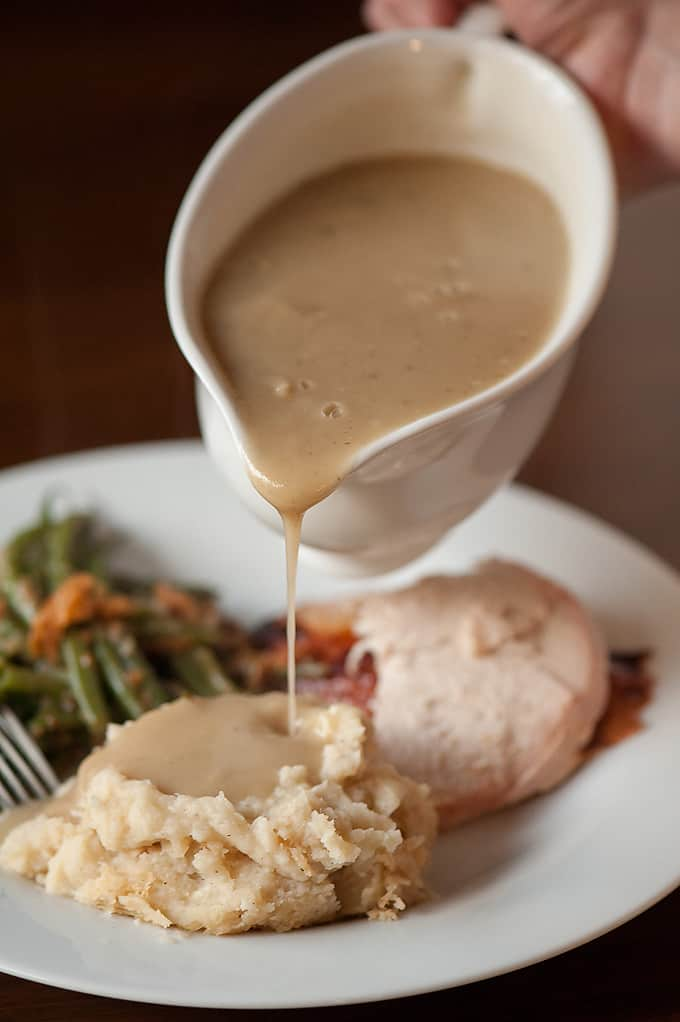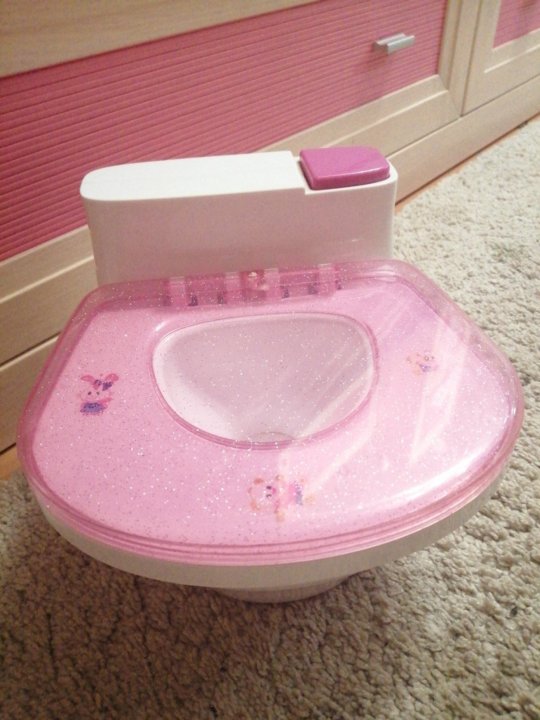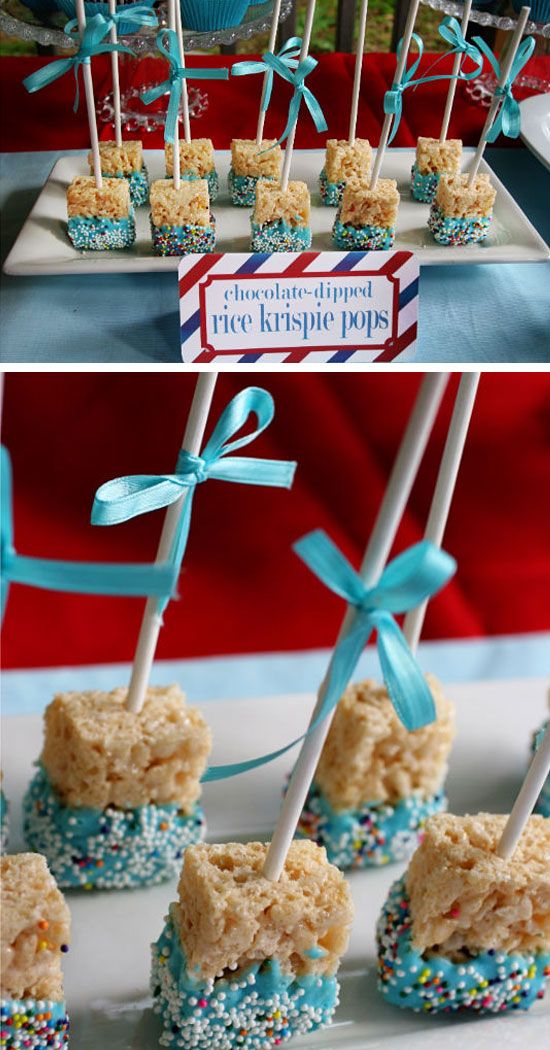When to feed baby crackers
Best Crackers for Baby and Toddlers
Learn which crackers for baby (and toddlers) are safe and best to start with—and which you can try with 1-year-olds. Find tips on avoiding choking hazards, what to look for at the store, and homemade cracker recipes, too.
Crackers for Baby
Crackers are one of those easy snacks that most parents rely on, but there are so many options and so factors to consider. I will help you sort through considerations when choosing crackers including texture, sodium, whole grains, and more.
I do want to start by saying I think crackers can be one of those foods we can worry about, perhaps, too much. It’s one of the foods that gets polarizing really fast—one of the foods where we put so much pressure on ourselves to choose the “right” one.
Our kids’ diets are so much more than any one food. Remember the big picture, remember to keep anything they’re eating in context of their overall life, and remember there’s no one right way to feed a baby or toddler.
Crackers for 1-Year-Old
I will also cover tips for choosing a cracker for a 1-year-old, which is similar to that of a baby but more options open up as they become more able to chew diverse textures.
Cracker Types to Look For
When starting out with choosing crackers for a baby, these are the considerations I make:
Texture: You want baby crackers to be very soft and easy to gum, so this typically means a Ritz-type cracker, which dissolves relatively quickly. You want to avoid anything very hard, crunchy, or with large seeds or nuts, as those could all be choking hazards. Some whole grain crackers, such as Triscuits, are very likely too difficult for this age to chew so those are best kept for kids over age 2.
Sodium: I don’t tend to worry about this much since I view it in the context of all of the other foods baby is eating, but you can look for a low-sodium cracker to reduce the amount. (Remember that many babies eat far less than the serving size, so the sodium in a cracker or two is much less than what’s in the serving size on the package.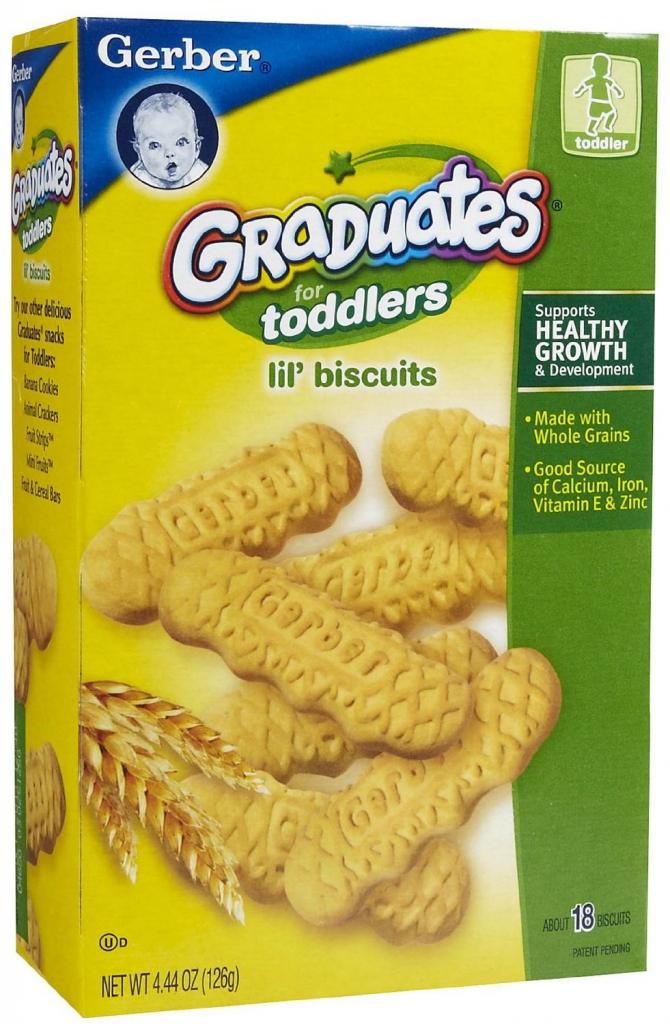 ) Read more about sodium for this age.
) Read more about sodium for this age.
Whole grains: Yes, it is great to choose a cracker made from whole grains since that means there will be some fiber in the mix. Many whole grain crackers—well, the ones that have noticeable fiber—can be too hard for this age to chew. So I try to relax about this one and remember that we can introduce those heartier crackers as the kids get older and those textures are safer.
Favorite Crackers Brands for Baby
Here are some options you can look for at the store when choosing a baby cracker. (These are based on U.S. stores. If you live in another country, options may vary.)
- Ritz: Whole wheat Ritz crackers are soft and easy for baby to gum. (There may be a less expensive store-brand equivalent.)
- Breton: This brand is widely available, and they make soft crackers in a range of grains and flavors. (There may be a less expensive store-brand equivalent.)
- Baby Rice Rusks: These are sometimes called “teethers,” “Mum-Mums,” or “rice crackers,” and they are specifically designed to be easy for babies to eat.
 They have very little substance, though, so don’t expect these to fill baby up or offer much nutrition. They can be a nice starting point. Look for brands including Gerber, Happy Family Organics, Peaceful Squirrel, and more.
They have very little substance, though, so don’t expect these to fill baby up or offer much nutrition. They can be a nice starting point. Look for brands including Gerber, Happy Family Organics, Peaceful Squirrel, and more. - Happy Family Organics: This brands makes the rice rusks and also Teething Crackers, which are similar ingredient-wise.
TIP: Around 8 or 9 months old, you can also try puffs for babies, which come in a variety of flavors and ingredients.
Toddler Crackers
Once your baby becomes a toddler, you will start to have more options for safe textures of crackers. You can continue to do any options listed in the above section, but you can also look at these options.
Triscuits Thin Crisps: For babies over about 18-20 months, these can start to be a nice option. They have simple ingredients and are easier to chew than classic Triscuits. (For regular Triscuits, I’d wait until over 2 as they are thick and harder.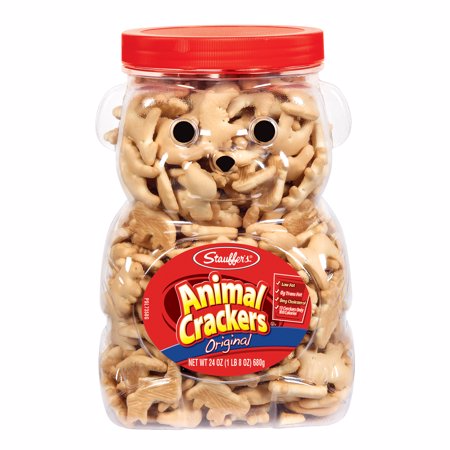 )
)
Goldfish or other cheese crackers: Typically, 1-year-olds can easily eat cheese crackers as they tend to be soft and easy to chew (no matter how many teeth they may have).
Nut Thins: These crackers, which are a nice option for gluten-free families, can be a nice option as kids get closer to age 2.
TIP: You’ll want to wait on really hearty, seedy crackers until age 3 or 4, depending on the child. If a cracker has a texture that’s closer to a chip, that could be very hard to chew and a choking hazard.
Frequently Asked Questions
Can babies eat crackers?
Yes, if they are very soft, not at all crunchy, and dissolve relatively quickly. Examples of types that are safe for babies from a texture perspective include Ritz-type crackers or Baby Rice Crackers.
What kind of crackers are good for baby?
Crackers that dissolve quickly and are easy to gum and chew are safest for baby. You want to avoid anything very crunchy or with large seeds or nuts as those can be choking hazards.
You want to avoid anything very crunchy or with large seeds or nuts as those can be choking hazards.
Are crackers healthy for babies?
Crackers can be an easy snack or meal component to have in the mix. Nutrition will vary. You can include store-bought crackers for babies or try a homemade option.
Homemade Baby Crackers to Try
If you prefer to make baby crackers at home, these three recipes are easy and delicious. They’re all also a nice soft texture that is easy for babies and 1-year-olds to chew.
Sweet Potato Teething Biscuits (Easy Baby Rusks)
This recipe has just a few healthy ingredients and is perfect for teething babies to chew on. They’re also a great cracker for older kiddos! This recipe is adapted and excerpted from The Big Book of Plant-Based Baby Foods by Tamika L. Gardner.
Get the recipe
Homemade Cheese Crackers
Try to get them about 1/4-inch thick so they bake uniformly. If your milk, cheese, and butter are cold the dough should be easy to roll out between parchment paper. (If the dough seems too sticky, stick it into the fridge for 5-10 minutes.)
If your milk, cheese, and butter are cold the dough should be easy to roll out between parchment paper. (If the dough seems too sticky, stick it into the fridge for 5-10 minutes.)
Get the recipe
Easiest Animal Crackers Recipe
If you use larger cookie cutters, you may need to bake on the longer end of the baking time—and mini cookie cutters on the shorter end. This makes a relatively small batch, so double it if you want extras to last all week!
Get the recipe
Best Tips for Success
- Start with softer types of crackers that will dissolve easily, such as Ritz crackers or Breton crackers.
- Avoid very hard and crunchy crackers and any with large seeds or nuts.
- Look for a low-sodium option if you prefer.
- Offer as a snack paired with another food group to help baby be satisfied.
- Offer water with the crackers to ensure baby has an easy time swallowing them.
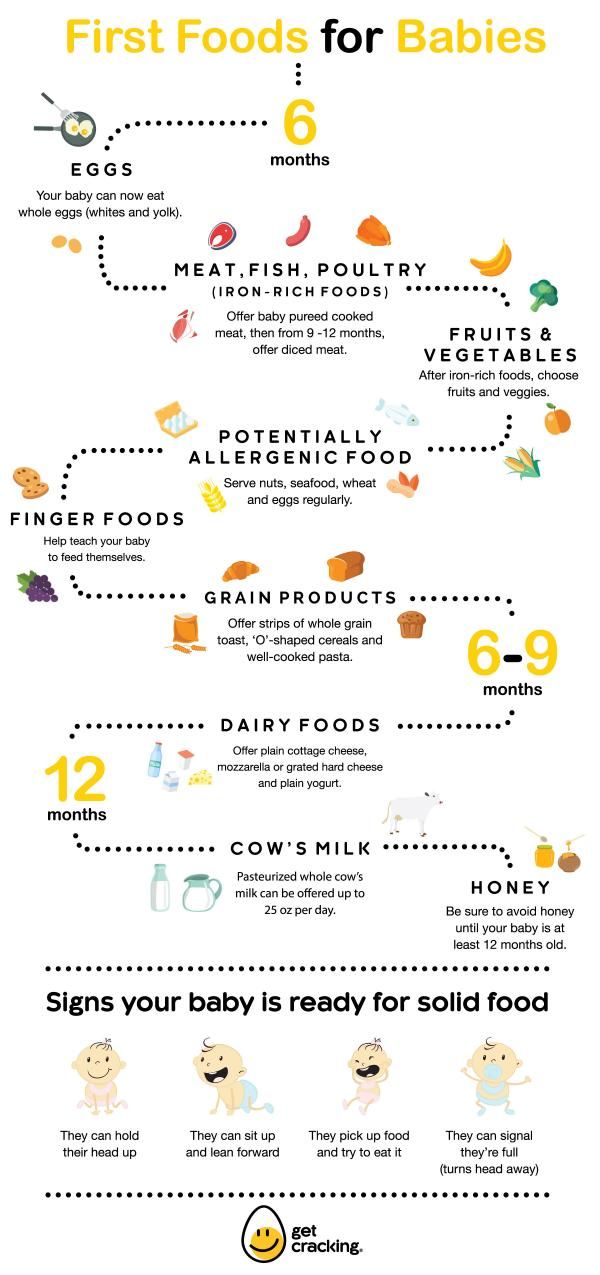
- Remember to look at what baby is being offered over a whole week so you can stress less about any one single food.
Related Recipes
I’d love to hear your feedback on this post, so please comment below to share!
When Can Babies Eat Cheerios, Puffs, & Other Foods Safely - Answered!
Parents are often wondering, “When can babies eat cheerios?” Or, puffs, toast, cheese, watermelon, and banana. Learn when so you can feed your baby safely!
When I was a first-time mom, I was ecstatic when it was time to start feeding my son real food. But, since I’d fed a lot of other babies as a feeding therapist, I knew that there were some serious nerves around the corner.
Even though my son was gobbling down smooth baby food, I wasn’t quite sure what he’d do the first time he had food that he actually had to chew before swallowing. He could gag (which isn’t as bad as it sounds, but terrifies us as parents. See baby gagging for more info)! Or worse, start to choke on it.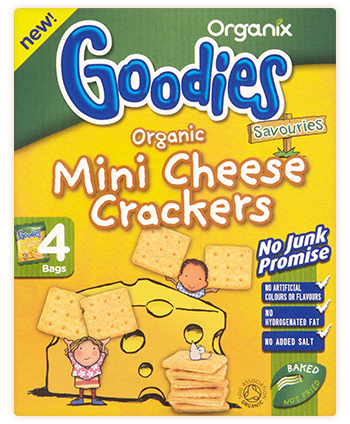 Would I remember how to do the CPR training that I’d been certified to do correctly?
Would I remember how to do the CPR training that I’d been certified to do correctly?
I’m not trying to freak you out, I tend to think of the worst case scenario before I do anything that’s new.
Fortunately, while my mommy brain was in overdrive, my occupational therapist brain knew that it would likely only have a negative effect on my son’s future eating if I just waited until I felt 100% comfortable to start giving him puffs, cheerios, or other foods that we tend to wonder if our babies can handle safely. Of course, that doesn’t mean that there isn’t an ideal time to feed your baby cheerios or puffs.
The key is knowing when so that you can confidently give your baby the foods you’re so excited (and nervous) to start feeding them. Let’s dive into the foods that you’re wondering about the most…
When Can Babies Eat Cheerios?
I think cheerios are the quintessential finger food for baby, they were in large part the first and most common food that my generation was given as young babies and toddlers. And, while cheerios are still appropriate, there are a few things you’ve got to know first.
And, while cheerios are still appropriate, there are a few things you’ve got to know first.
As a pediatric OT, cheerios are NOT the first finger food I recommend that parents give their baby.
While they are great for being picked up easily, they don’t dissolve quickly. A baby, ideally, should munch up and down (with or without teeth) to mash up the cheerio. It will eventually dissolve, but usually long after a baby has attempted to swallow it.
This is why babies can eat cheerios sometime between 9-12 months.
When exactly, all depends on what other finger and table foods your baby is already eating. Long before they have cheerios, I want to make sure babies can eat foods that dissolve quickly like graham crackers and puffs. I also want babies to be eating some soft foods well too. Occasional gagging is normal, but persistent gagging that gets in the way of your baby being able to eat is an indicator that they aren’t ready to eat cheerios yet.
Just to be clear… when can your baby eat cheerios? When they:
-
- Are typically in between 9-12 months old
- Already safely eating a variety of other foods well
- You witness their jaw munching up and down when they eat other foods
- Can pick up the cheerios with a pincer grasp (that’s using their index finger and thumb together).
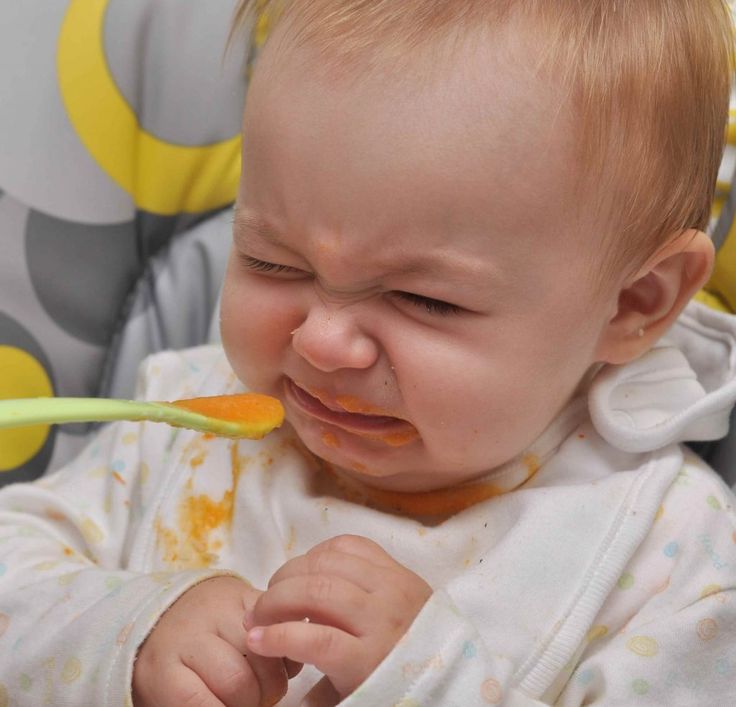 Head to how to teach your baby to self-feed to learn more.
Head to how to teach your baby to self-feed to learn more.
When Can Babies Eat Puffs?
Puffs, and there are a wide number of brands that sell them now, are my preferred very first finger food for baby. For those of you following a Baby Led Weaning (BLW) approach, that will contradict what you’ve learned. You can read why I think so in Pros and Cons of BLW.
I have given puffs to all three of my children as their very first finger food around 7-8 months old, but your child may not be ready until around 9 months old.
Again, more important than the age, are signs that they are ready. Here’s how you’ll know when your baby can eat puffs:
-
- Able to sit independently
- Demonstrates munching up and down either when watching you eat, on teethers, or their baby food
- Usually between the ages of 7 and 9 months, although it varies from baby to baby
If you’re skittish about starting your baby on puffs, it’s always a good idea to talk to your pediatrician first. One of the benefits of puffs, and why I love them for babies, is because they dissolve fast in saliva. That means if your baby gets a piece into their mouth and doesn’t know what to do, it will melt into a goo they can swallow with little effort.
One of the benefits of puffs, and why I love them for babies, is because they dissolve fast in saliva. That means if your baby gets a piece into their mouth and doesn’t know what to do, it will melt into a goo they can swallow with little effort.
Want a whole guide on how to introduce your baby, step by step, to table foods? Head over to How to Introduce Table Foods to Babies and Toddlers.
*Learn 5 Big Mistakes that Parents (Unknowingly) Make When Feeding Their Baby or Toddler Table Foods in my free workshop. And, learn what to do to help them eat well!*
When Can Babies Eat Toast?
Another classic finger food for babies! Toast is a great food to give babies and it’s easy to top with lots of healthy and different spreads. Think avocado, cream cheese, or even a nut butter. (Yes, babies can have nut butters, but double check with your doc’s advice and spread it thin.)
Like cheerios, toast also requires some more chewing, which means your baby has to have some skills.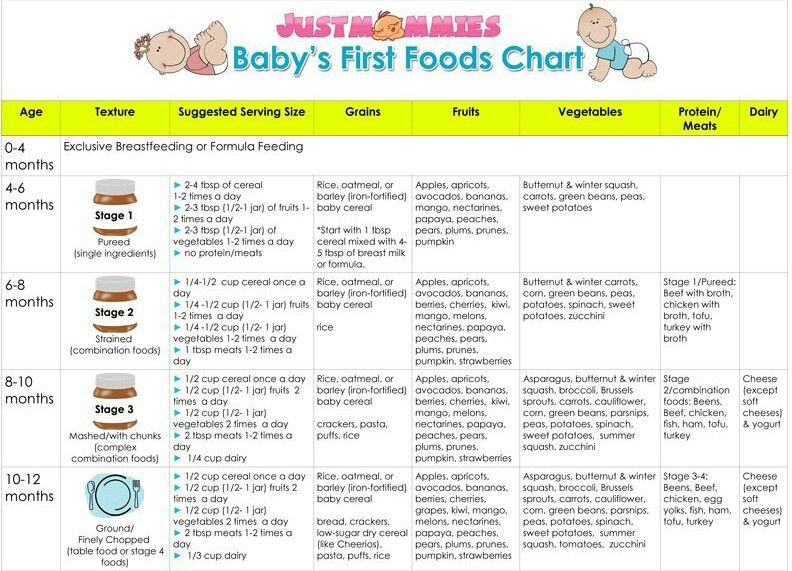 Toast cut into squares or strips are great for babies that are managing puffs, graham crackers, and soft foods like cubed avocado well. This is usually around 9-12 months old. When you do, give your baby toast for the first time, look for them to be chewing well with a clear up and down motion.
Toast cut into squares or strips are great for babies that are managing puffs, graham crackers, and soft foods like cubed avocado well. This is usually around 9-12 months old. When you do, give your baby toast for the first time, look for them to be chewing well with a clear up and down motion.
When Can Babies Eat Grapes, Blueberries, and Cherry Tomatoes?
Oh, the round foods that can be a serious choking hazard. These foods may be scary, but when they are cut in half (blueberries) or quartered (grapes and cherry tomatoes), babies are able to eat them safely also around 9-12 months old. The skin on cherry tomatoes and grapes can be a little tougher, and some parents prefer to skin them.
Your baby will likely be ready to handle these foods when they are eating a variety of different textures, but it may be hard for them to pick up, which may mean you’ll have to wait to a little longer.
When Can Babies Eat Watermelon?
This is another one of my favorite first finger foods for baby, right after they’ve mastered those graham crackers and puffs. Cut the watermelon into small cubes and watch with delight as the juice runs down all over their adorable little chin.
Cut the watermelon into small cubes and watch with delight as the juice runs down all over their adorable little chin.
Babies can often start eating watermelon between 7-10 months old.
When Can Babies Eat Banana?
Once babies are eating watermelon well, they can often handle banana. Just keep a lookout that the pieces aren’t too big or that they aren’t showing too much food into their mouth at once because banana can clump together.
Bananas are often thought of as a good choice for a first finger food because it’s soft and babies can chew it easily, but sometimes it’s too mushy for them to understand how to chew it. That’s another reason I like starting out with crunchy foods that melt first.
Look for your baby to manage bananas around 7-10 months old. You may even want to try this healthy pumpkin banana bread recipe!
When Can Babies Eat Cheese?
Cheese is obviously dairy and it seems contradictory that babies can eat it when they aren’t allowed cow’s milk until age 1, but the protein structure is different so pediatrician’s give it the green light before 12 months old. Cheese that’s a bit softer, like from a brick of mild cheddar or provolone, is a great starting place if you’d like to introduce it.
Cheese that’s a bit softer, like from a brick of mild cheddar or provolone, is a great starting place if you’d like to introduce it.
When your baby is eating the melt-able crackers, watermelon, and banana without frequent gagging and with a munching up and down, they are often ready to handle cheese that’s cut into cubes.
This is usually around 8-10 months old.
Affiliate links used below. See our full disclosure.
My Favorite First Table Foods for Babies
Knowing what other foods you can give your baby can seem daunting, which is why I have an awesome Mega List of First Table Foods for you, and as your baby is getting a little older a Baby and Toddler List of Meal Ideas. Not to mention that you can also snag up a handy printable with many of the ideas to stick on your fridge for quick reference!
Get the Free Printable Here!
But, I wanted to give you some of my favorite first finger foods that work as well as puffs, in case you were looking for some other options:
-
- Plum Organics Teething Wafer
- Lil’ Crunchies Baked Corn Snack (think a vegetable cheese curl)
- Happy Baby Yogurt Melts
- Happy Baby Rice Husks
Tips for Giving Your Baby Food for the First Time
There are a couple of misconceptions floating around out there about when and how to feed your baby, especially as you’re giving them foods for the very first time. I want to debunk a couple of those myths so you can feel good about teaching your baby how to eat:
I want to debunk a couple of those myths so you can feel good about teaching your baby how to eat:
-
- Babies DO NOT need teeth to eat – Sure, if your 9 month old were having a steak, some molars might come in handy, but babies were designed to use their powerful gums to plow through all the foods you found listed here and many more.
- Gagging is normal – Gagging and choking are two different things. Gagging happens when a food hits their gag reflex, when they weren’t expecting it to. Most of the time, they recover the food and are able to swallow or spit it out. Also, some gagging occurs as a response to a texture, taste, or smell they don’t like. That has to do with sensory aversions to food.
- If they aren’t eating, just wait, they’ll grow out of it – Unfortunately, this is sometimes the advice given by professionals. As a feeding therapist, I’ve seen small issues snowball into something much bigger many times. If you have any doubts head to feeding therapy information on how to get some professional help.

Also, check out my free online workshop: 5 Big Feeding Mistakes That Are Stopping Your Child From Learning to Eat Table Foods to help you start taking the right steps to getting your kiddo eating well. Click here to get a free seat!
Lastly, remember to be patient. You may feel edgy and anxious as you watch those first bites and tastes. Giving your baby finger foods is a transition that takes time. Some meals won’t go well, that’s okay.
Don’t Forget Your Free Printable
Now that you’ve got a great guideline on when to start your baby on different foods, make sure you grab your free printable with a huge list of table food ideas and meals that are specifically designed for babies and toddlers! Get it here.
More on Feeding Babies
What to Do When Baby Won’t Eat Solids: 7 Simple Steps
Ultimate List of Mealtime Must-Haves for Baby
Introducing Baby Food: Everything You Need to Know
How to Wean Baby From Bottle
Did you pin this?
You’ve got to admit this is some important stuff. Pin this on your baby or parenting board so you can reference it later!
Pin this on your baby or parenting board so you can reference it later!
Alisha Grogan is a licensed occupational therapist and founder of Your Kid’s Table. She has over 14 years experience with expertise in sensory processing and feeding development in babies, toddlers, and children. Alisha also has 3 boys of her own at home. Learn more about her here.
90,000 cracker during breastfeeding
Content:
- 1 harm and hazard of the cracker at GV
- 2 Homemade cracker at GV
- 3 Recipes for making cracker
- 9000 3.1 cheese
- 3.2 Solny 9000 3.3 Sweet 9000 9000 9000 3.4 with a sicken
Cracker is a popular type of biscuit that literally melts in your mouth. This is a quick and satisfying snack that will relieve hunger for a long time. Today they make salty, cheesy and sweet crackers, as well as cookies with various additives. Sesame and nuts, cocoa and chocolate chips, cumin, poppy seeds and other components are added to the recipe.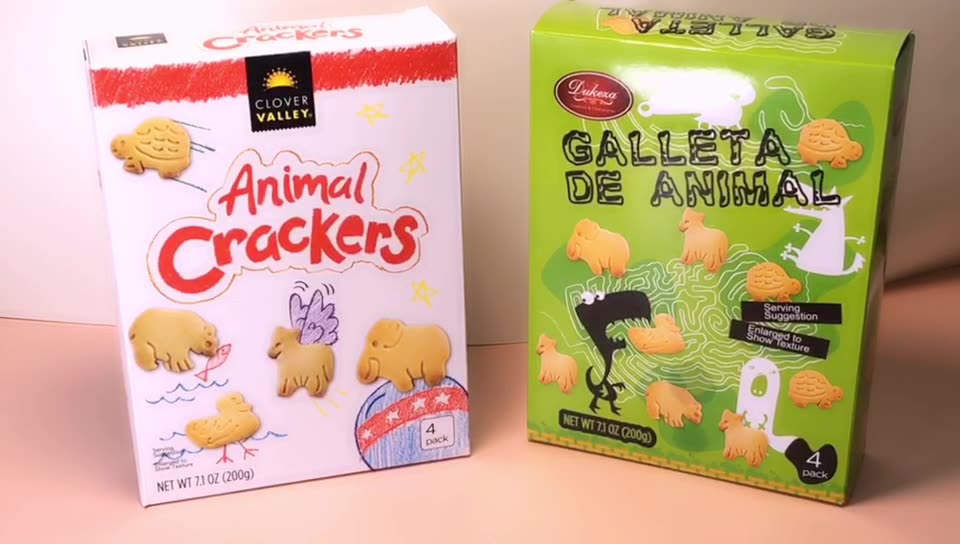 In this article, we will analyze whether a cracker is possible for a nursing mother.
In this article, we will analyze whether a cracker is possible for a nursing mother.
Harm and danger of crackers with breastfeeding
Cracker is an undesirable product for breastfeeding, as it contains yeast and fermentation products, a large amount of fat and sugar, baking powder, flavors and dyes, and other chemical and dangerous additives. Such a composition causes indigestion and poisoning, an allergic reaction.
In addition, in the manufacture of crackers on an industrial scale, harmful margarine is often used, and eggs are replaced with melange. If stored improperly, the last component becomes a source of dangerous diseases. Therefore, a tasty and satisfying cracker is not recommended for breastfeeding, especially with various additives.
Pediatricians do not recommend using rich yeast baked goods with HS. This fatty and high-calorie food slows down the material metabolism and impairs the digestion of the baby. As a result, the baby develops allergies, constipation or diarrhea, indigestion and even intoxication.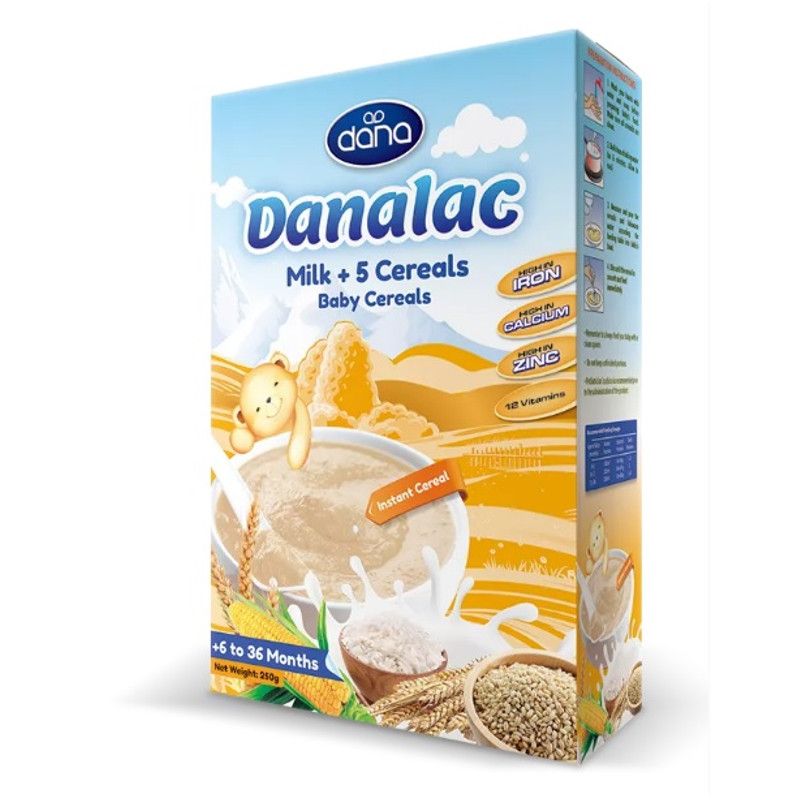 In addition, colic and flatulence increase in the baby. And for a nursing mother, yeast baking is fraught with extra pounds and a spoiled figure.
In addition, colic and flatulence increase in the baby. And for a nursing mother, yeast baking is fraught with extra pounds and a spoiled figure.
Homemade Cracker for HB
Cracker bans apply to store-bought products only. Homemade cookies during lactation will be safe enough if you follow the rules for use and preparation. At home, you can make a cracker without fat and sugar, include any safe ingredients. In this case, it will become a suitable alternative to cakes, sweets, chocolate and other harmful sweets.
Homemade cracker is an excellent snack between main meals and a suitable treat for tea. In addition, such cookies are used as the basis for canapes or cake layers, for making salads and desserts. However, it is better to introduce even homemade crackers after including unleavened types of cookies.
For a nursing mother, it is better to choose unleavened or lean cookies without unnecessary additives and additional flavors. Oatmeal cookies will do.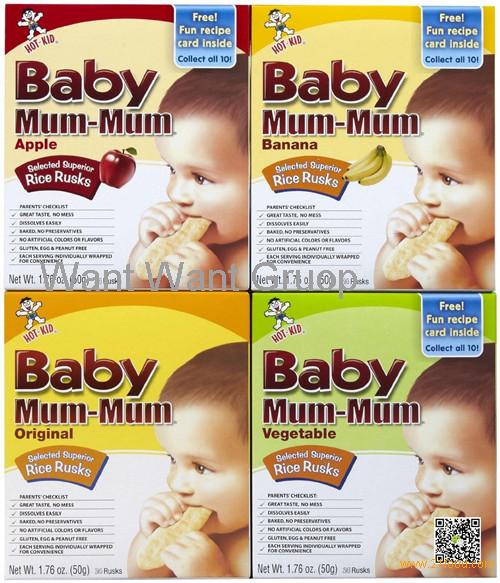 Biscuits "Maria" and "Jubilee" contain a minimum of sugar and rarely cause allergies. Dietary hypoallergenic product can be consumed in small volumes already in the first month of breastfeeding. Read more about introducing cookies into the diet of a nursing mother, see here.
Biscuits "Maria" and "Jubilee" contain a minimum of sugar and rarely cause allergies. Dietary hypoallergenic product can be consumed in small volumes already in the first month of breastfeeding. Read more about introducing cookies into the diet of a nursing mother, see here.
After three months, try a homemade cracker. It is important that the first cracker be without unnecessary additives and contain a minimum of components. Variants with sesame, nuts, raisins and other ingredients are best included after four to six months. For the first time, try a small piece of cracker and watch the reaction of the crumbs. If there is no negative reaction, you can sometimes eat the product.
Cracker Recipes
Cheesy
- Hard cheese - 150 grams;
- Egg - 1 piece;
- Premium flour - 160 grams;
- Chilled butter - 150 grams.
Grate the cheese, separate the egg yolk from the protein, sift the flour and chop the butter. Grind the butter with flour, add the yolk and cheese. Knead the dough, adding more flour if necessary. Roll the mass into a bun and wrap in cling film, put in the refrigerator for forty minutes. After that, divide the frozen ball into parts and roll each into a circle or square.
Grind the butter with flour, add the yolk and cheese. Knead the dough, adding more flour if necessary. Roll the mass into a bun and wrap in cling film, put in the refrigerator for forty minutes. After that, divide the frozen ball into parts and roll each into a circle or square.
Cut the resulting figures into squares, triangles, rhombuses, etc. In the blanks, make holes on the surface. Grease a baking sheet with oil, lay out the figures and bake at 180 degrees for 15 minutes. Leave the cookies on the baking sheet until they cool. Otherwise, the cracker will break.
Salty
- Frozen butter - 120 grams;
- Milk - 60 ml;
- Premium flour - 200 grams;
- Fine salt - 2 teaspoons.
Sift the flour, grate the butter. Mix flour, oil and salt. Add milk and knead the dough so that it is dense and elastic. Roll into a ball, wrap in the refrigerator for 30-40 minutes. Roll out the chilled dough, divide into pieces and form the desired figures.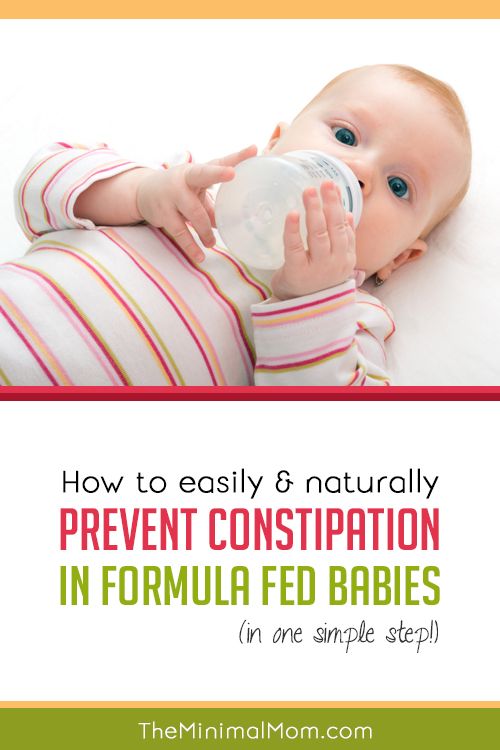 Bake a cracker at two hundred degrees for up to 15 minutes. By the way, these cookies are great for making sandwiches or canapés with meat products and fish, vegetables and cheese.
Bake a cracker at two hundred degrees for up to 15 minutes. By the way, these cookies are great for making sandwiches or canapés with meat products and fish, vegetables and cheese.
Sweet
- Sour cream - 3 tablespoons;
- Premium flour - 250 grams;
- Soft butter - 100 grams;
- Sugar - 50 grams;
- Condensed milk - 4 tablespoons.
Mix butter with flour and sugar, rub thoroughly until smooth. Add condensed milk and sour cream, knead the dough. Roll into a ball and put in cling film, leave in the refrigerator for half an hour. Roll out the chilled dough and shape into shapes. Bake for 10-15 minutes at 180 degrees. Such crackers are suitable as a treat and snack for children over two to three years old.
With sesame seeds
- Premium flour - 200 grams;
- Milk - 120 ml;
- Vegetable oil - 2 table. spoons;
- Sesame oil - 2 table. spoons;
- Sugar - 1 tsp.
 a spoon;
a spoon; - Salt - 2 teaspoons
- Sesame - 3.5 tablespoons;
- Baking powder - 1 tsp. a spoon.
Sift flour, mix with salt and sugar, baking powder and sesame seeds. Carefully pour milk into the dry mixture, add vegetable and sesame oil, mix thoroughly and knead the dough. Leave under a towel for twenty minutes, then roll out and cut out the shapes. Bake at 190 degrees 10-15 minutes.
Sprinkle sesame seeds over crackers five minutes before done. Sesame and vegetable oil is very useful for nursing mothers and babies. Read more about the choice and use of oil at https://vskormi.ru/children/rastitelnoe-i-olivkovoe-maslo-v-prikorme/.
Subscribe to our group Vkontakte
What is Possible and what exactly CANNOT be eaten for a Baby from 1 to 3 years old!
It is advisable to start reviewing your family diet towards a healthy diet before the baby is born or immediately after it is born.
Let's talk about the proper nutrition of a child after a year. In addition to the fact that food intake replenishes the energy expenditure of a 1-3-year-old baby, covers its need for nutrients (proteins, fats and carbohydrates), vitamins and minerals, it also performs an educational function, instills in the child good manners and develops his aesthetic taste. It is important to teach the baby to eat right from a very early age, because it is during this period that taste preferences are formed.
If time is lost, it will be difficult to change something in the baby's preferences. In other words, if a child is not taught to eat fish or vegetables at this particular age, in the future he may not like these foods, or if a baby gets used to a high content of salt and sugar in food from childhood, this will form his further wrong taste preferences.
Of course, it is best not to accustom the child to unhealthy food in the beginning. It is from us, parents, that the baby learns what salted or too sweet dishes are.
Breast milk has a slightly sweet taste, milk formulas are mostly insipid or tasteless, first complementary foods also have a natural taste of the products themselves. And what do many mothers and grandmothers do? They add salt or sugar to food “for taste”, believing that this way the baby will eat them more willingly. This should not be done: from the point of view of a healthy diet, food does not need additional addition of sugar or salt.
It is advisable to start reviewing your family diet towards a healthy diet before the baby is born or immediately after it is born. If you haven't already, it's time to start at least a year old, because the baby learns to eat by looking at how and what you eat yourself. Switching to a healthy diet is not so difficult. Yes, at first, food with a small amount of salt and spices will seem tasteless. But it will take a couple of weeks, or even less - and the receptors of the tongue will become more sensitive to the natural taste of the products and it will turn out that it is very bright and original.
WHAT SHOULD BE EXCLUDED OR LIMITED?
1. SWEETS.
Sugar and all products that contain it: confectionery, ice cream, sweetened juices - not recommended for a child under 3 years of age. This also applies to chocolate. In addition to the fact that chocolate contains a very high amount of sugar, it also contains too much cocoa and various additives, which very often cause allergies in children.
As an alternative, you can offer your baby marshmallows, fruit marmalade and marshmallows: they do not contain sugar, and fructose (fruit sugar found in fruits and vegetables) gives them a sweet taste, which is good for the body.
In principle, herbal tea with sugar or jam can sometimes be allowed to a child as a treat, but in combination with other foods, sweets are strongly contraindicated. Eaten with starches or proteins, sugar causes putrefactive fermentation and discomfort in the baby's stomach. Honey in moderate amounts does not cause such reactions, therefore, if there is no allergy, 1-2 teaspoons of honey can be added to tea, porridge or when preparing dessert.
Preforms from berries with sugar are much less harmful than just sugar. The fact is that during storage, the enzymes of berries and fruits convert part of the sugar into fructose, moreover, such mixtures contain many vitamins. But all the same, jams, jams and other "live" products based on sugar are products that need to be eaten little by little: no more than 3-5 teaspoons or 7-10 berries from jam in the form of a treat and not every day.
2. SALT
Ideally, little salt is used in baby food. The norm of salt for children 1-3 years old - up to 3 g per day - is about half a teaspoon, and for the taste of an adult, children's products should be undersalted. Excess salt causes fluid retention in the body, which leads to increased stress on the kidneys and blood vessels of the child. Usually, when cooking food, the child is not salted - the salt that is contained in the products themselves is enough.
Crispy potatoes, saltine crackers, some cheeses (which taste salty) and other salty foods are excluded from the baby's menu.
3. MUSHROOMS
Foods such as mushrooms are not allowed in the diet of a child under three years of age: they are very difficult to digest in the intestines. In addition, mushrooms, like a sponge, absorb a huge amount of heavy metals, toxic and radioactive substances. This can cause an upset stomach or poisoning in the child.
4. SPICES
To improve the palatability of food, you can use spices (from one year old - parsley, dill, basil, cilantro, and from 1.5-2 years old - garlic, onion, sorrel). It is better if these seasonings are prepared on their own: dill, cilantro, basil and parsley can be dried or frozen, green onions can be grown on the window almost all year round or bought fresh, fresh garlic should be added finely chopped to ready-made dishes.
Store-bought spices, and especially their mixtures, are not used in baby food. The fact is that such sets of spices often contain, in addition to herbs, salt and flavor enhancers, such as monosodium glutamate. This substance is involved in the transmission of impulses in the central nervous system, has a pronounced stimulating effect and is used in psychiatry as a medicine. Foods high in glutamate are both physically and mentally addictive. This flavor enhancer is the cause of diseases of the digestive system, such as gastritis or stomach ulcers, and its negative effects on the brain and on the retina of the eye have been proven in experiments. Children who often eat food with monosodium glutamate complain of headaches, heart palpitations, muscle weakness, fever; monosodium glutamate also changes the hormonal status in the body. And it is contained just not only in spices, but also in fast food products, sausages and smoked meats. A large amount of this food additive, as well as dyes and salt, is found in chips, crackers and various snacks. In addition, they contain a large amount of so-called empty calories, which cause a false sense of fullness and obesity, discourage appetite, and do not bring any benefits to the body.
This substance is involved in the transmission of impulses in the central nervous system, has a pronounced stimulating effect and is used in psychiatry as a medicine. Foods high in glutamate are both physically and mentally addictive. This flavor enhancer is the cause of diseases of the digestive system, such as gastritis or stomach ulcers, and its negative effects on the brain and on the retina of the eye have been proven in experiments. Children who often eat food with monosodium glutamate complain of headaches, heart palpitations, muscle weakness, fever; monosodium glutamate also changes the hormonal status in the body. And it is contained just not only in spices, but also in fast food products, sausages and smoked meats. A large amount of this food additive, as well as dyes and salt, is found in chips, crackers and various snacks. In addition, they contain a large amount of so-called empty calories, which cause a false sense of fullness and obesity, discourage appetite, and do not bring any benefits to the body. The method of their preparation - namely, frying in boiling oil, moreover, repeatedly used - leads to the formation of a large amount of carcinogenic substances in the product. The same applies to other dishes that are prepared using a similar technology, for example, french fries, the use of which by a child is generally unacceptable.
The method of their preparation - namely, frying in boiling oil, moreover, repeatedly used - leads to the formation of a large amount of carcinogenic substances in the product. The same applies to other dishes that are prepared using a similar technology, for example, french fries, the use of which by a child is generally unacceptable.
Vinegar, peppers, tomato sauces, mustard, marinades, and other spicy or sour seasonings are designed to “improve” the taste of dishes. They perfectly cope with the task, but at the same time they strongly irritate the digestive and excretory organs, interfere with their normal work and contribute to the development of many diseases, therefore, these seasonings are unacceptable in the nutrition of young children. It is also unacceptable for a child to use mayonnaise: this is a high-calorie product, more than 65% fat. It is high in sodium and cholesterol.
5 FRIED
Everything fried for a child under 3 years old is prohibited, because this type of processing produces toxic and carcinogenic substances (from Latin cancer - "cancer" and genus - "causing" - chemicals, the effect of which on the body during causes cancer and other tumors under certain conditions), especially when fat from a frying pan is used several times. Many toxic compounds are also obtained by heating vegetable oils. Ruddy crusts, so appetizing and tasty, are extremely difficult to digest and contribute to the development of gastritis (inflammation of the stomach), colitis (inflammation of the large intestine), ulcers, liver and kidney diseases. In addition, fried foods contain an excess of fat.
Many toxic compounds are also obtained by heating vegetable oils. Ruddy crusts, so appetizing and tasty, are extremely difficult to digest and contribute to the development of gastritis (inflammation of the stomach), colitis (inflammation of the large intestine), ulcers, liver and kidney diseases. In addition, fried foods contain an excess of fat.
6. MARGARINE
Margarine. In the diet of a baby under 3 years old, margarine, artificial fats, lard and products prepared on them should not be present. Margarine is a mixture of animal and vegetable fats subjected to hydrogenation - the saturation of fatty acid molecules with hydrogen atoms. Mutated fatty acid molecules, whose share in margarine reaches 40%, increase the level of cholesterol in the blood, disrupt the normal functioning of cell membranes, contribute to the development of vascular diseases, and adversely affect the formation of sexual function. Fat is a refractory fat, its digestion requires the release of a large amount of digestive enzymes of the pancreas and liver, which leads to their overstrain and breakdown. And this can be manifested by diarrhea, nausea and abdominal pain.
And this can be manifested by diarrhea, nausea and abdominal pain.
7. SAUSAGES
Meat products, which include all sausages (both boiled and smoked), as well as smoked, dried or dried fish, ham, smoked brisket, are also unacceptable in baby food. There are a lot of irritating substances and salt in smoked meats, they quite noticeably “hit” the digestive and excretory organs. In addition, these products contain a large amount of dyes, flavors, food additives and the previously mentioned carcinogens.
8. CANNED
Canned meat and fish (if they are not specialized children's products, but ordinary "adult" canned food from the nearest store) are saturated with salt, pepper, vinegar and various preservatives. They should not be present in the diet of children. The same applies to homemade preparations, which usually add a lot of spices, salt, vinegar or aspirin, which have an extremely negative effect on the baby's stomach and intestines.
9. BAKERY AND CONFECTIONERY
It is worth limiting (but not completely eliminating) such foods as buns, buns, pies, ordinary cookies from the child's diet. They contain a large amount of calories, sugar and, if consumed systematically, can lead to overweight. You can give your baby a bun (about 50 g) or a pie for an afternoon snack, but not at every meal. And it is best to give special cookies - for children. Unlike an adult, it does not crumble, but melts in the mouth, so the child will not choke on the crumbs. Children's cookies are made without the use of dyes, preservatives, flavors and other artificial additives. You can also give your baby biscuits or dryers.
They contain a large amount of calories, sugar and, if consumed systematically, can lead to overweight. You can give your baby a bun (about 50 g) or a pie for an afternoon snack, but not at every meal. And it is best to give special cookies - for children. Unlike an adult, it does not crumble, but melts in the mouth, so the child will not choke on the crumbs. Children's cookies are made without the use of dyes, preservatives, flavors and other artificial additives. You can also give your baby biscuits or dryers.
10. PORRIDGE WITH ADDITIVES
Separately, I would like to dwell on children's cereals with additives: they usually contain a fairly large amount of sugar, moreover, many of the additives (for example, some fruits or chocolate) are allergenic products in themselves, which in baby food are not welcome. The best thing is to add pieces of fresh fruit or a small amount of berries to ordinary porridge: it will turn out both tasty and healthy.
WHAT TO DRINK?
The optimal drink for a child is ordinary clean drinking water without gas. From the age of 2, you can give your child a small amount of still table water: the label should say that the water is low-mineralized or drinking (in no case medicinal). In the nutrition of a child under 3 years of age, freshly squeezed juices are undoubtedly beneficial. However, it should be remembered that for children of the first three years of life, freshly squeezed juice is recommended to be diluted with water in a ratio of 1:1 to 1:3, because concentrated juice contains a large amount of organic acids that can irritate the child's delicate digestive system.
From the age of 2, you can give your child a small amount of still table water: the label should say that the water is low-mineralized or drinking (in no case medicinal). In the nutrition of a child under 3 years of age, freshly squeezed juices are undoubtedly beneficial. However, it should be remembered that for children of the first three years of life, freshly squeezed juice is recommended to be diluted with water in a ratio of 1:1 to 1:3, because concentrated juice contains a large amount of organic acids that can irritate the child's delicate digestive system.
Fresh or dried fruit compotes, various fruit drinks, infusions and herbal teas are very useful. The latter also perform a therapeutic function - they contribute to the normalization of sleep, stimulate appetite, help with colds or reduce nervous excitability.
What should a child not drink?
All modern sweet sodas are made from water, concentrate and saturated with carbon dioxide. Already from this composition it is clear that there is no benefit for a small child in them. Such drinks contain too much sugar, sometimes more than 5 teaspoons per glass. This amount of sugar cannot but affect the work of the pancreas and the endocrine system. In addition, it can cause tooth decay with regular consumption of such water. In addition, such drinks do not quench thirst - when they are consumed, thirst only intensifies, which leads to fluid retention and swelling.
Such drinks contain too much sugar, sometimes more than 5 teaspoons per glass. This amount of sugar cannot but affect the work of the pancreas and the endocrine system. In addition, it can cause tooth decay with regular consumption of such water. In addition, such drinks do not quench thirst - when they are consumed, thirst only intensifies, which leads to fluid retention and swelling.
Many manufacturers add sugar substitutes instead of sugar to drinks: such products contain fewer calories and are sold under the “light” logo. Alas, they are quite dangerous for the child's body. Xylitol and sorbitol, which are sweeteners, can provoke urolithiasis. Saccharin and cyclomate are carcinogens that contribute to the development of cancerous tumors. Aspartame can cause allergies and negatively affects the retina, which can lead to decreased vision.
Concentrates from which beverages are prepared are citric or phosphoric acids, they form the basis of the taste of carbonated water and serve as preservatives.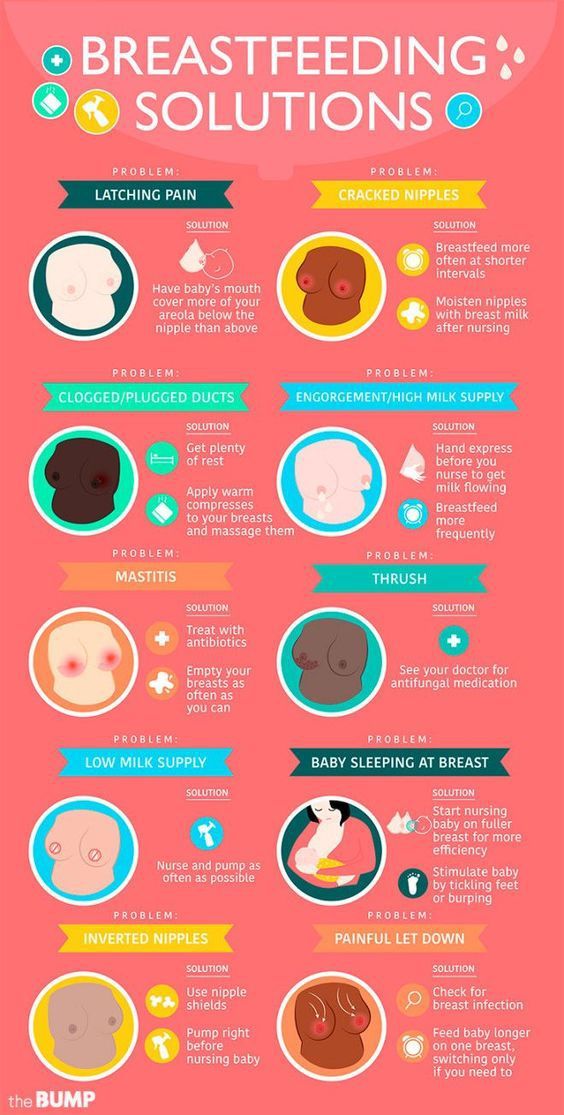 These acids irritate the mucous membrane, cause microdamages in the mouth, esophagus and stomach, and have a bad effect on tooth enamel (especially citric acid). But phosphoric acid is more dangerous, because with regular ingestion, it contributes to the leaching of calcium from the bones, which many children already lack. A lack of calcium leads to such a serious disease as osteoporosis - brittle bones with minimal stress.
These acids irritate the mucous membrane, cause microdamages in the mouth, esophagus and stomach, and have a bad effect on tooth enamel (especially citric acid). But phosphoric acid is more dangerous, because with regular ingestion, it contributes to the leaching of calcium from the bones, which many children already lack. A lack of calcium leads to such a serious disease as osteoporosis - brittle bones with minimal stress.
Does not add benefits to carbonated drinks and additive in the form of caffeine, which is used as a tonic. The use of such soda leads to overexcitation of the nervous system, which is completely contraindicated for children.
Finally, carbon dioxide contained in sparkling water is not harmful in itself, but causes belching, bloating, increased gas production and is not allowed for children in their first years of life.
How is baby food prepared?
Food for a child older than one year is prepared in several ways:
1) boil; this applies to the preparation of vegetables, meat, eggs, fish, cereals and cereal side dishes. After cooking, depending on the age of the child, the food is crushed into more or less large pieces, kneaded with a fork;
After cooking, depending on the age of the child, the food is crushed into more or less large pieces, kneaded with a fork;
2) steamed (vegetables, meat or fish cutlets, omelettes). For these purposes, modern double boilers are very convenient, which retain most of the vitamins;
3) bake in the oven, in the sleeve, foil. All kinds of casseroles, fish, meat and vegetables are prepared in this way;
4) for children over 2 years of age, light frying of foods in vegetable oil and then stewing is allowed. In this way, you can cook fish, meat goulash, meatballs and meatballs.
Basic Rules for Choosing Baby Foods
1.. Choose foods that are labeled "Intended for Infant Nutrition" or foods specifically for baby food.
2. Carefully read the labels, pay attention to the color and consistency of the products: if any of the components of the product is in doubt, it is better to refuse the purchase.
3. Products for children should not contain food additives, preservatives, stabilizers and other “chemicals”.
4. Products should contain a minimum of salt or sugar, and it is better not to contain them at all.
5. Pay attention to the shelf life: natural products cannot have a long shelf life, especially for dairy products. If the shelf life of such products exceeds several days (usually 3-5), it is better to refuse such products.
6. Be sure to try all products for yourself before giving them to children: the product may be too sweet or flavored.
How to reduce the risk?
If the baby is nevertheless treated to chocolates, soda, or anything else listed above, do not draw the attention of the child to this product. Just offer an alternative: instead of chocolate - marshmallows or marmalade, instead of soda - fruit juice. If the baby really wants the drink to have bubbles, go for a trick: dilute the juice with mineral water - there will be bubbles and benefits. It is also necessary that there are no prohibited foods in your house and the child does not see them, then the desire to try something harmful will be minimized.




